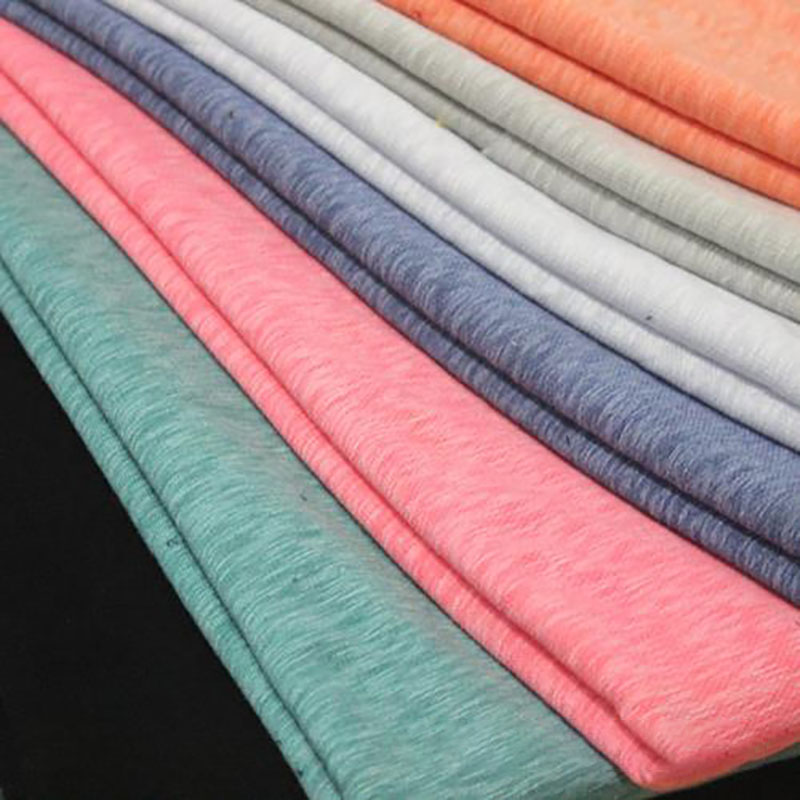As we continue to witness a growing awareness regarding sustainability and eco-friendliness in our daily lives, the textile industry is undergoing significant transformations. One emerging product gaining attention is loop dyed fabrics. In this article, I will delve into the environmental advantages of these materials and highlight the market opportunities they present.
Loop dyeing fabrics offer numerous ecological benefits due to their manufacturing processes. Unlike conventional dyeing methods, which often require substantial amounts of water and produce harmful effluents, loop dyeing techniques are designed to be more resource-efficient.
One of the most significant advantages is the reduction in water consumption. Loop dyeing methods utilize closed-loop systems that reduce water wastage significantly. This is particularly vital in regions where water scarcity is a growing concern.
Additionally, the process minimizes the use of harmful chemicals. Consequently, this leads to less environmental pollution and a healthier ecosystem. Consumers today are keen to choose products that align with their values, and eco-friendly materials are at the forefront of this trend.
With increasing environmental awareness among consumers, the demand for sustainable products is witnessing an upward trajectory. Loop dyed fabrics, being eco-friendly, are well-positioned to meet this market demand.
Research indicates that modern consumers are not only looking for quality and durability in textiles but also prioritize sustainability. This shift in preferences provides substantial opportunities for manufacturers to tap into the expanding market for eco-friendly fabrics.
Furthermore, businesses investing in sustainable practices and eco-friendly innovations, such as loop dyeing fabrics, are likely to gain a competitive edge. As a result, there is a potential profit surplus for those who align their products with consumer expectations.

In conclusion, the environmental advantages of loop dyeing fabrics not only contribute to sustainable practices but also align with the current market trends favoring eco-friendly materials. As an industry professional, I believe that embracing such innovations can lead to a more sustainable future while fulfilling the evolving demands of consumers.
